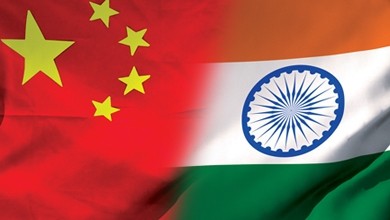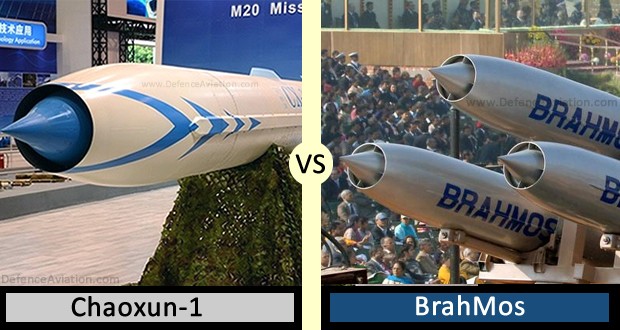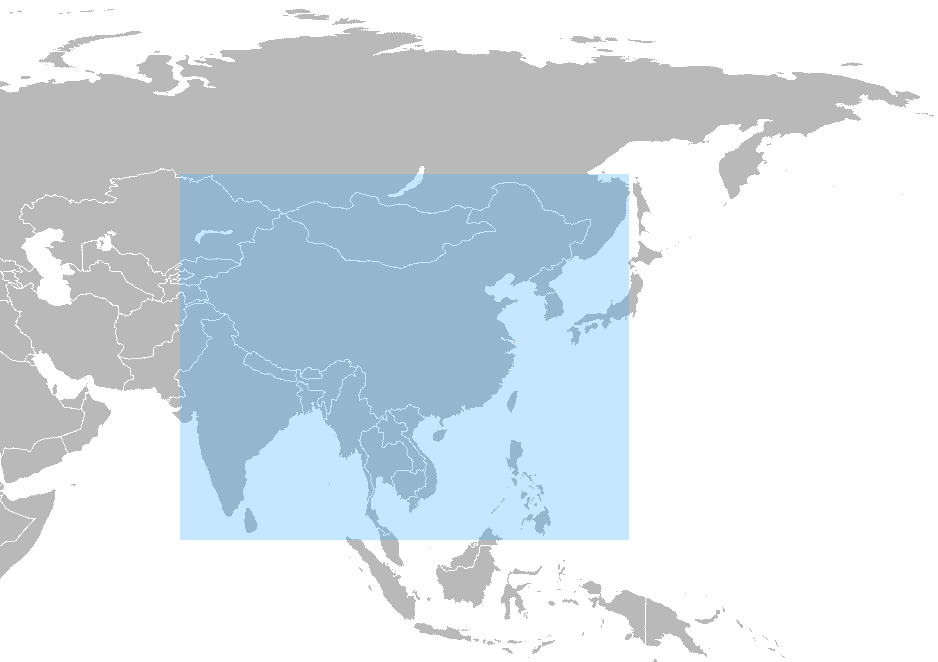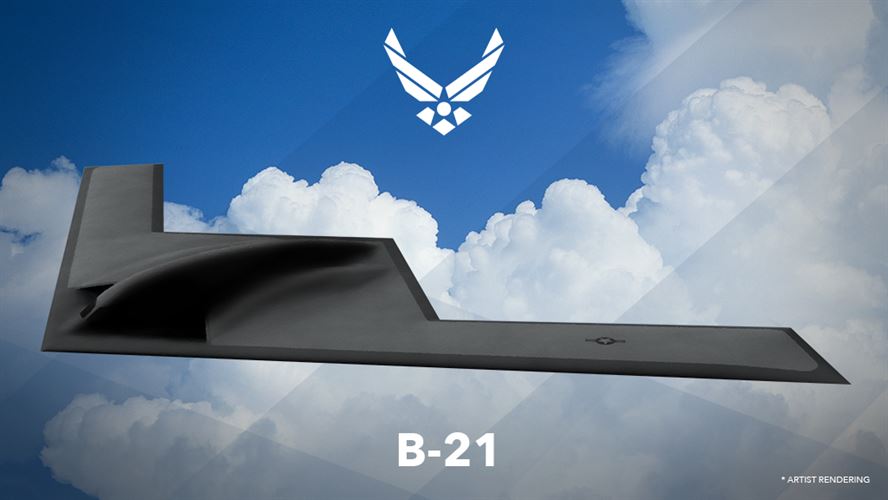For the last 50 years or so ever since the clashes in The High Himalaya in 1962 there is no let down in this two giants, having the third and fourth largest Air force on the globe. Once an alley now a mutual distrust for one another set clear and present danger, fuming Dragon on the North and Roaring Tiger in the South. The People’s Republic of China and the Republic of India, where old hatred still lingers on over a number of reasons. For the Indian’s, a pride defeated who thought they have been cheated by an unprovoked invasion on her territory and for the Chinese to the teach the Indian it will not tolerate any miss adventure and show that hegemony will be maintain as project herself power to be reconsider. The clashes which involved Chinese’s PLA invading Indian territory in which both side didn’t declared war and after a month of fighting the cessation in hostility was observed the Chinese withdrew to its prewar territory. Neither side used their Air force in the conflict nor this would be an analysis of if God forbid in future if there is a conflict, which side would have the edge?
For this analysis let take the year 2020, a Good year for the Air force for the Indian and Chinese. Nineties have proved to be a new era for both PLAAF and IAF. The PLAAF primary enemy the Soviet Air Force was no longer and new threat emerged the RoCAF ( Republic of China Air force / Taiwan ) still remain the primary concerned for the PLAAF and there is the JASDF ( Japanese Air Self Defense Force) as for the Taiwan the CCP still think that it is a breakaway province and Japanese old hatred still linger. In obscure of this threat the Chinese one to Bully one Air force more than anything else and that is Indian Air Force. A pride in PLA who still think they have defeated a giant.
Before we start the analysis of how these two protagonists may fight let, see what the option they have in the year 2020 are. The modernization planned which was started since the 90’s will be bearing fruit the Chinese will have a Substantial number of J-10 A/B an indigenous made multirole aircraft, Su-27 the Chinese made is known as J-11 with increasing number of indigenous component and the J-20 their fifth generation aircraft, however J-20 maybe enter in limited service as production to mass produce maybe difficult and may have 3-4 squadron these are the primarily fighter aircraft the IAF may face, what are the Indian option the Indian maybe be able to field their Mirage-2000-MK2, HAL Tejas MiG-29SMT, Su-30MKI, Su-50 ( HAL FGFA) and if lucky, the AMCA ( however, doubt in context to time frame). I have not included older aircraft of both sides on the issue. Other considerations in modern aerial conflict will be how effective is the air defense and electronic warfare. The Indian air space would be primarily will be defended by the Akash SAM and NCR region PMU-300, Chinese (later add up as per research). In term of AWAC the Indian have the Phalcon system considered to be one of the most effective AWAC system in the world in line with DRDO based AESA mounted on the R-99 where the Chinese which originally wanted to have the Phalcon system due to United States pressure on Israel the system was never supplied to the Chinese and their AWAC has mostly based on their indigenous KJ-200 and KJ-2000 based on the Y-8 body and Il-76 for latter.
In time of war which side can be more effectively resupplied the Indian has 100+ An-32 which is upgraded, 20 or so Il-76 and around 12 C-130-30J assumed there is no attrition till 2020 with 10 (with talks about getting another 10) C-17 Globemaster III which can mobilize and resupply a number of troops, bases, and logistics. The PLAAF have their Y-8, Il-76 and Y-20 since the Y series are indigenous and be produce as per requirement which is a huge advantage for the PLAAF.
Conflict Area likely
Northern India, Northeastern India, South Tibet and Sichuan Province. The bases and strength of aircraft of each side cannot be never be accurately determined however once can assumed the estimated strength. The Sichuan Province which is also home to the Chengdu Military region and manufacture some of the advance aircraft of PLAAF. Making sure that the city is well safe guarded from the Indian Air strike would be primarily objective and for the Indian to maintain an air supremacy to disturb as resupply from Shenyang would be difficult for the Chinese as the supply can be easily disturb . The city of Chengdu is within 1000km from Indian eastern border and making a deep strike won’t be problem as most of the Indian Su-30MKI based in Tezpur can penetrate without requirement for midair refueling. As for the Chinese to attack Indian aircraft manufacturing would be risky as most of the manufacturing plant is in Deep South except for HAL Kanpur.
Air defense/Radar systems
The Chinese ground force has a huge network of radar and point defense air defense system and it would be difficult for the any invader to invade their airspace. Their mostly likely weapon to field is the HQ-7 or the CSA-4 Crotale for medium engagement for any incoming yet the system is bases on a French missile which itself is quite old by now yet there was some recent upgrade and still pose a potent threat, for high altitude engagement would be the HQ-64 again design based on Aspide of Italy which is again based on the AIM-7/RIM-7 Sparrow missile, this SAM system posed the greatest threat. As in Indian context most the Pechora system has been phased out and being replace by the Akash and it pose the single most threat to Chinese aircraft and would be able to take out any incoming PLAAF has the ceiling rate is more that 18km and 3d scan of nearly 200km should give at least 10-12 minute engagement time. For point defense for both the Nation in context to Chinese their mechanize infantry battalion there is three vehicle armed with HY-6 and on division 108 beside this they have 24 towed 57mm AAA and six Type-95 self-propelled armed with a 25mm auto cannon in Indian context would be Tunguska which has slightly larger bore of 2x30mm with 8 9M311 or SA-19 Grison missiles. The Chinese has LD-2000 which the Indian does not have an equivalent, LD-2000 is like the Goal Keeper system with primary object to defend from munitions of subsonic to supersonic. For truck mounting the Chinese has the Oerlikon based CCSA-1 for the Indian the ZSU-23-2 which the Chinese themselves also field and bases.
The Indian on the eastern side has the Eastern Air Command with Head quarter in Shillong has having many bases crossed the eastern section of Indian. The Tezpur has been recently upgraded to be armed with Su-30MKI and poised the single most challenging threat for the PLAAF, The MiG-27 which was recently upgraded could be used in deep penetration role. On the other hand, The PLAAF aircraft falls into Chengdu Military Region and has two fighter division with the most advance being the J-10, also remind that J-20 the Chinese fifth generation aircraft is also based there and used against the Indian in time of hostility.
A number of serviceable aircraft available in time of conflict, there is also a based with armed with Su-27UBK which was originally made as trainer however the PLAAF may use a dedicated ground attack with limited a-a engagement, and the Bomber base are based in Guangzhou MR and mostly armed H-6 which is based on Tu-16 Badger was recently upgraded to H-6K with new engine however in event of conflict this aircraft are unlikely to able to penetrate the Indian airspace. However a cruise missile launch from H-6K bombers and land based missile sites from Chinese territory still poised a threat.
Attrition of negotiation
I have included an attrition calculation has not aircraft in the time of conflict maybe serviceable and how many will be flying in the air is a good calculation. At the maximum the Indian Air Force may have a formation 10-12 aircraft flying anytime with others being kept on standby or being ready. The Chinese at mostly likely scenario may send a mixture J-7’s and J-10’s for air defense and ground attack missions. They have plenty of J-7 which was originally based on MiG-21 itself, but has been modified a number of times with number of equipment and weapon systems to this day. t is new bird itself and this nimble aircraft maybe hard to engaged in time dogfight which was learn during the Cope Thunder exercise done a few years back with USAF with Indian Air force. For the Indian Air Force, the MiG-21 fleet will be phased out in a few years. However, some maybe kept in reserved for few more years before it fully withdrawn by the IAF.
AWAC electronic warfare
Both Chinese and Indian have long range to medium range AWAC system The Chinese from early day wanted to have AWACS system from unsuccessful design of Tu-4/KJ-1 bull based to pitch for Israeli Phalcon system which it almost got it however due to American pressure never got it. The Chinese which was embarrassed and trying to save their face started their two programs one based on Y-8/An-12 and other Il-76/A-50 based. The Y-8 known as KJ-200 (also known as ZDK-03 Karakoram Eagle) has already is service with Pakistani Air Force along with four Saab 2000 Erieye’s. The KJ-2000 is based on the Il-76, which is uses three segment AESA radar the irony is detail regarding the these two system remain classified and will not be able to know the scan radius. As for the Indian one is the Embraer based system with ASEA radar with being develop by DRDO which intend to have 10+ systems by the end of the decade and five long -range A-50EI Phalcon which has de-classified scan radius of 400km by 2020. Nonetheless, the IAF should be having around 6 systems and should be able to monitor the whole border with China in real time in which a surprise attack would be unlikely.
Geography and advantages and limitation
The conflict has bought mostly in eastern and part of Kashmir sector, which lies in the Himalayan Belt where the major problem for the aircraft for both nations is the weather and altitude than enemy weapons. In the context the IAF has some experience in High altitude with last being Kargil War in 1999 against Pakistan and the Mirage 2000H (which is now upgraded to Mirage-2000 MK-5) have performed exceptionally well.
Combat record and experience from earlier exercise.
Both air forces have engaged in war with different nations times and places in anger and peace. The Indian Air Force has seen combat against Pakistan three times during the 1965 Indio-Pakistani War, 1971 War of Liberation, and the 1999 Kargil War. Also, the IAF has a quite an experience with having exercises with number western air forces, and has taken part in the prestigious exercise like the Red Flag and Cope Thunder in the United States, in which the Su-30MKI has been pitted against the F-15C/E Eagle. Other exercise they’ve performed with was with the UK, France, Singapore, Israel, and other nations in which it has gain valuable experience. However, the Chinese on the other hand, seen combat last time in limited numbers was during Sino-Vietnamese War in 1979 when it was engaged brief, but deadly border war. However the Chinese has a de-facto proxy enemy with RoC or Republic of China/Taiwan which it considers as a renegade province and the exercise there to check the strength of the ROCAF give huge operational readiness. The exercise with Pakistan and Russian air force would also have given the Chinese some valuable air tactics.
The assessment is that the Chinese still has the overall strength and number of aircraft ready for any eventuality with well defense point defense medium system. However the concern is most of the military region is far away from the India and any fighter flown from there maybe eventually intercepted or would have given the Indian a head start of where it might be heading and the possible threat pose are of the J-10A/B, J-11 A/B and J-7, Q-5, and the JH-7 might be involved in the clashes. The Sichuan Region is a very well developed region and maybe be able to produce the required aircraft in more number should the conflict arise. The terrain in Chinese side is well developed, the roads are good and mass mobilization of troop won’t be a problem. However the Indian on the other hand would be guarded by the Eastern and Northern Air command and poised some of the best aircraft in the Indian Air force assets and air defense from the Air force as well as the army is potent. The Akash network of defense with secondary ZSU-23 and Tunguska is formidable assets. The problem here is the number of aircraft in case of attrition with the LCA Tejas is not fully matured product as now and by 2020 though it would be a matured product with mark in case of replacement how fast the Indian can changed a damaged aircraft is point to be consider as most the inventory are mostly imported. Also the critical part is where would the Rafale be based and how much it would be committed for the sector of the Indian frontier with China? My only conclusion is either one can win the air war however maintaining total air supremacy would be total story by itself.




